Transporting steel bars safely and efficiently requires careful planning and execution. Understanding the intricacies of loading steel bars onto a flatbed trailer is vital for both skilled operators and newcomers in the transport and logistics industry. Below is a detailed guide that elaborates on the best practices, techniques, and necessary safety measures for this process.
Understanding Your Flatbed Trailer
Types of Flatbed Trailers
Before delving into the loading process, it’s crucial to understand the types of flatbed trailers that may be utilized:
| Trailer Type | Description | Best Use Case |
|---|---|---|
| Standard Flatbed | Open trailer with no sides or roof | General cargo, including steel bars |
| Step Deck Flatbed | Two levels allowing for taller loads | Oversized and taller materials |
| Drop Deck Trailer | Lower deck for easy loading of heavy items | Heavy machinery and steel rods |
| Gooseneck Flatbed | Hitch mounted to a gooseneck for better maneuverability | Heavy-duty transport |
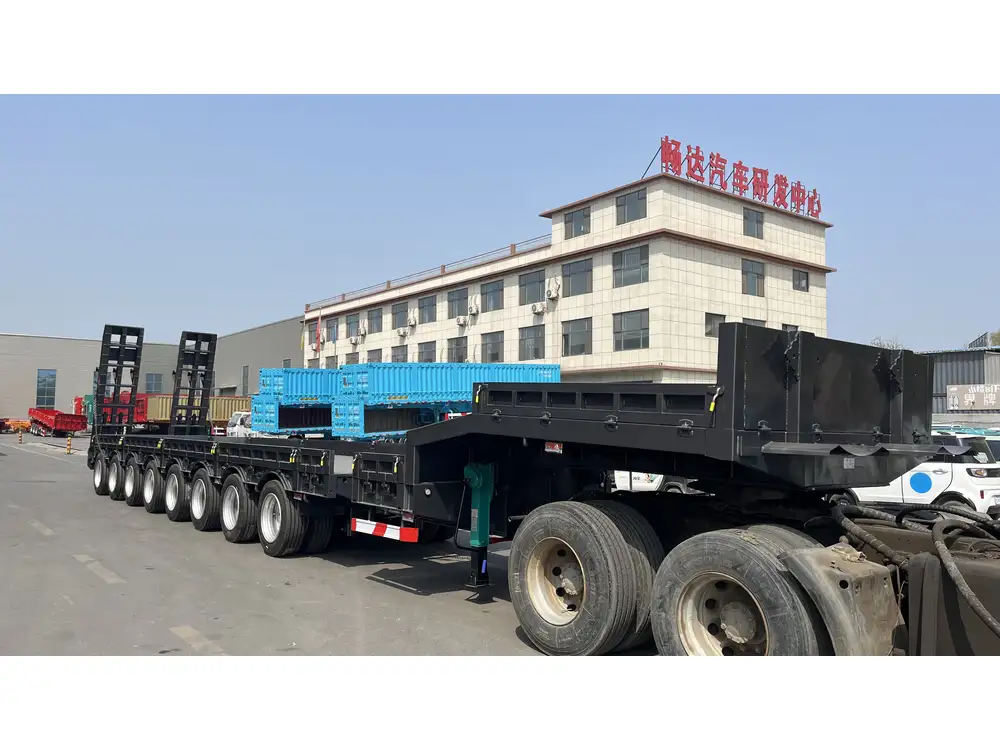
Features to Consider
When selecting a flatbed trailer for transporting steel bars, consider the following features:
- Load Capacity: Ensure the trailer can handle the weight of the steel bars.
- Deck Material: Steel or aluminum decks provide different benefits regarding durability and weight.
- Tie-Down Points: Sufficient tie-down locations are essential for securing the load effectively.
Preparing for the Loading Process
Safety Gear and Equipment
Always prioritize safety by equipping yourself with the appropriate gear and tools:
- Personal Protective Equipment (PPE):
- Hard hats
- Gloves
- Steel-toe boots
- Reflective vests
- Loading Equipment:
- Forklifts or cranes for heavy lifting
- Chain binders or ratchet straps for securing loads
- Quality tarps to protect against adverse weather
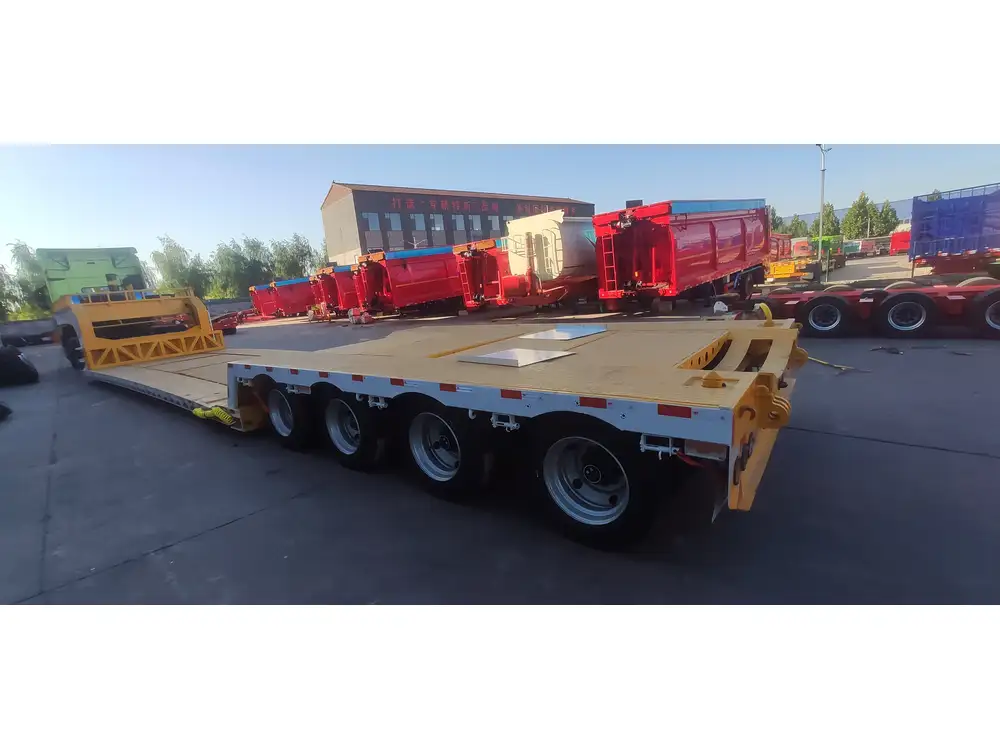
Assessing the Load
Weight and Size Calculation
Accurate assessment of the total weight and dimensions of the steel bars is critical. This involves:
- Measuring Length, Width, and Height: Determines how much space the steel bars will occupy.
- Calculating the Total Weight: This ensures you do not exceed the trailer’s load capacity.
Loading Zone Readiness
A well-organized loading area leads to increased efficiency and safety. Points to consider:
- Clear the area of obstacles.
- Ensure there’s adequate space for equipment movement.
- Check that the surface is stable and level.
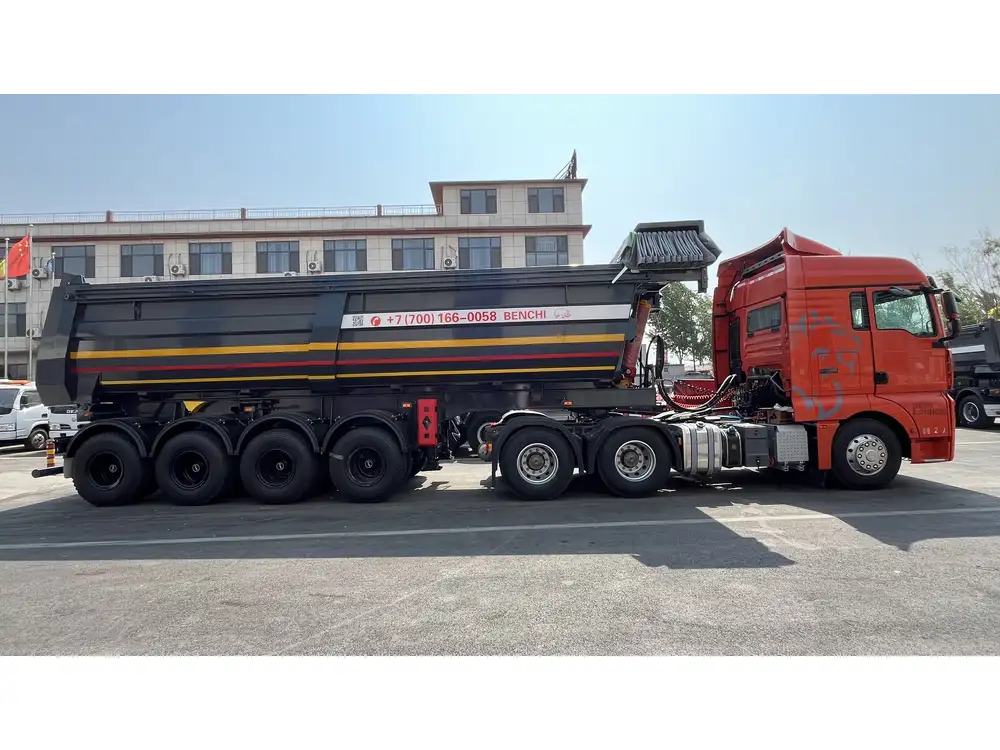
The Loading Process
Step-by-Step Loading Guide
Step 1: Position the Trailer
- Align the flatbed trailer on a level surface with the loading area.
- Ensure that the trailer brakes are engaged and the wheels are chocked to prevent movement.
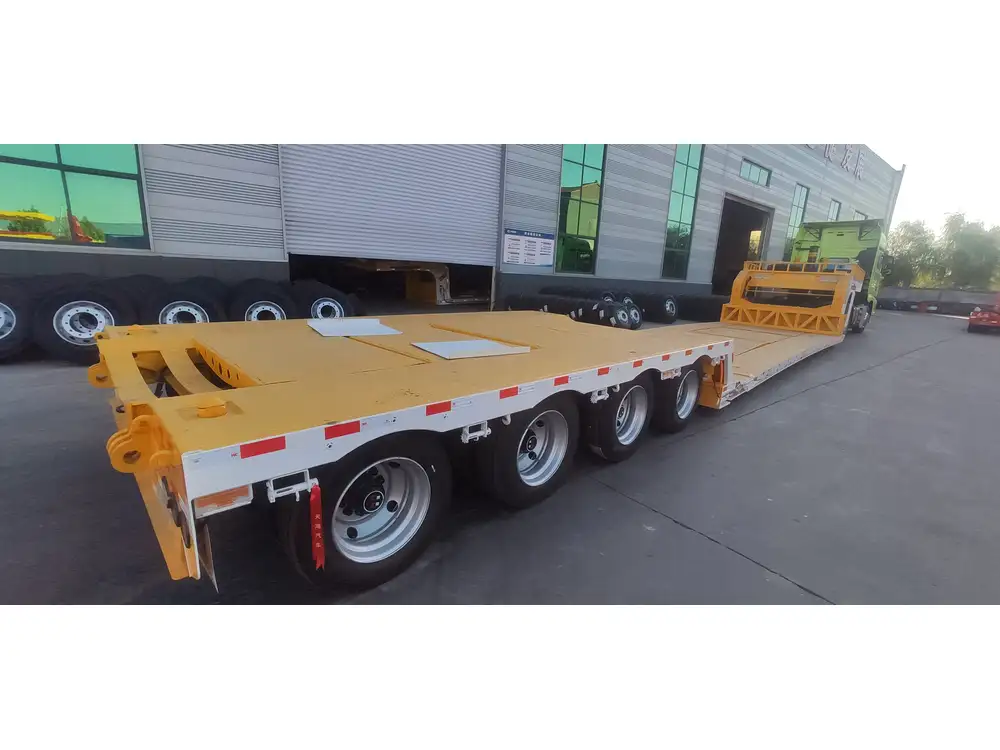
Step 2: Use Equipment for Lifting
Depending on the load size:
- Use forklifts for smaller batches of steel bars.
- For larger shipments, opt for a crane capable of lifting heavy loads responsibly.
Step 3: Arrange Steel Bars
When loading, consider the following layout techniques:
- Even Distribution: Place heavier bars closer to the trailer’s axles to maintain balance.
- Vertical and Horizontal Stacking: Depending on the height of the load, ensure bars are stacked to prevent rolling.
Step 4: Secure the Load
Properly securing steel bars is crucial to prevent movement during transport.
- Tie-Down Techniques:
- Using Ratchet Straps: Secure the load by looping through designated tie-down points.
- Chains: For heavier loads, use chains for added strength.
- Tarping: Cover any exposed sections with a tarp to protect against road debris or weather.
| Securing Method | Best Practice |
|---|---|
| Ratchet Straps | Ensure straps are well-tensioned |
| Chains | Use at least two chains for stability |
| Tarps | Seal all open areas to prevent exposure |

Post-Loading Inspection
Verifying the Secure Load
Before hitting the road, perform a thorough inspection:
- Check all tie-downs to ensure they are secure.
- Confirm that the steel bars are not protruding from the sides of the trailer.
- Conduct a 360-degree walk-around to assess visibility and load integrity.
Documentation
Keep all necessary documentation for the shipment:
- Bill of Lading: Contains all shipment details.
- Weight Tickets: To confirm that the load is within legal limits.
- Inspection Reports: Note any damage or signs of wear on the trailer or load.
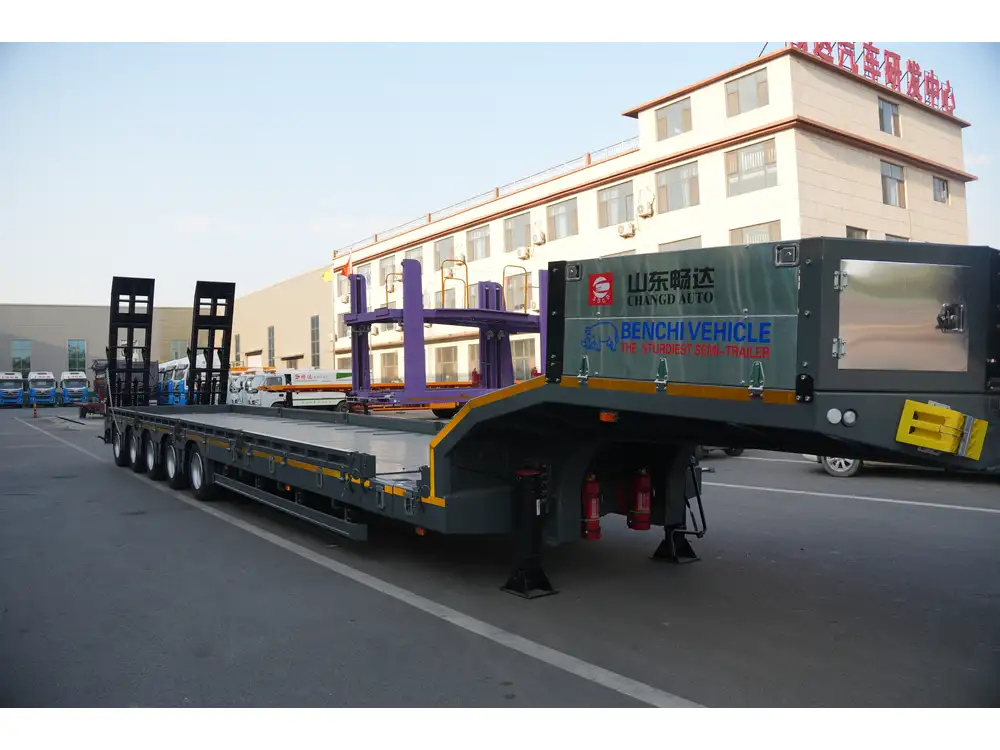
Transportation Considerations
Road Regulations
It is crucial to understand and comply with local regulations concerning heavy transport. This includes:
- Load height restrictions.
- Required permits for oversized cargo.
- Specific signaling for wider loads.
Driving Practices
When driving with a load of steel bars:
- Maintain a steady speed: Sudden brakes can shift the load.
- Take wide turns: The load may extend beyond the trailer’s width.
- Observe stopping distances: Allow for increased stopping distance due to the weight.

Unloading Procedures
Safe Unloading Practices
Once you reach the destination, follow these unloading practices:
- Position the Trailer: Again ensure the trailer is on a stable surface with brakes engaged.
- Use Appropriate Equipment: Use a forklift or crane to remove steel bars carefully.
- Distribute Weight: Unload starting from the side of the trailer to maintain balance.
Post-Unloading Inspection
After unloading, perform another inspection:
- Check for any damage to the trailer or cargo.
- Ensure that all equipment used for unloading is secure and in good condition.
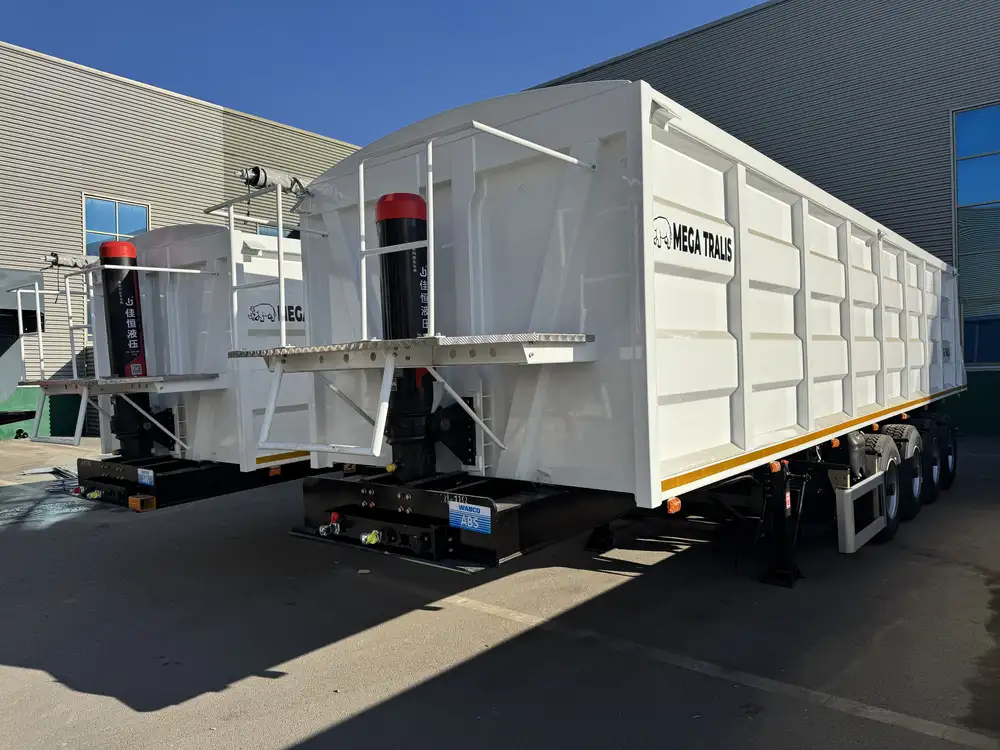
Conclusion
Loading steel bars onto a flatbed trailer is a process that demands attention to detail, safety procedures, and adherence to best practices. By understanding the equipment, preparing thoroughly, employing the correct techniques, and maintaining compliance with regulations, the loading and transporting of steel materials can be executed efficiently.
By investing time in mastering these processes, manufacturers can affirm their commitment to quality, safety, and operational success in the transportation of heavy materials. Whether you are a seasoned professional or just starting, this comprehensive guide aims to equip you with the knowledge necessary to excel in loading steel bars onto flatbed trailers effectively.
Call to Action
If you’re seeking further assistance or specialized equipment for transportation, feel free to reach out to our dedicated team for expert advice tailored to your specific shipping needs. We’re here to help you streamline your logistics and ensure your operation runs smoothly.



